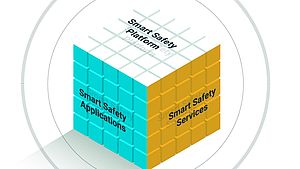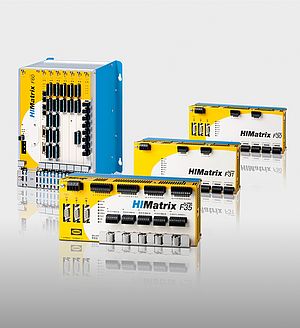The second edition of the IEC 61511 has been recently released. The update to one of the most important global standards for functional safety in the process industry contains new safety regulations and requirements that present plant operators, integrators, and service providers with a wide range of changes and potential causes of concern. Let’s analyze some crucial points of this revised version.
A detailed version
One the key differences between the IEC 61511 Edition 1 and Edition 2, is that the new one is much more detailed than the original version. Compliance with the updated standard helps prevent unplanned downtime and gives operators legal certainty. But first, it is crucial to understand what the additions to the functional safety standard really imply.
Compulsory measures
One of the most important compulsory measures introduced with the release of Edition 2 is the functional safety assessment at all phases of the lifecycle. As part of this, certain documentation is required, including a safety manual covering operation and maintenance. Skills management also takes on a more important role: It is now necessary to assess and document the competence of all people involved in the safety instrumented system (SIS) lifecycle. This means plant operators will need to take a more comprehensive approach to functional safety.
Ambiguity resolved
While plant operators may have to alter their processes to comply with the new regulations, Edition 2 resolves some of the ambiguities of the previous edition. The revised standard provides better clarity about the relationship between IEC 61508 and IEC 61511. Importantly, it clarifies the definition of proven by “prior use”. In addition, the requirements of application programs are now specified in more detail.
A strong legal certainty
In any case, the level of knowledge of the updated standard is still variable, partially due to the fact that IEC 61511 is not a law. Therefore, there are no direct legal obligations to comply to it. Every plant operator, system integrator, and service provider in the process industry should anyway get interested in this new edition, since it is more than a best practice to prevent damages: It provides strong legal certainty in the event of liability cases, such as when an accident harms people, industrial plants, or the environment.
Functional safety and cybersecurity
Every company that is in any way involved with functional safety should establish a procedure for skills management. Edition 2 demands qualified staff for the entire plant lifecycle – and these qualifications need to be regularly assessed and refreshed. Meeting this requirement with in-house personnel often presents a challenge in terms of resources. Plant engineers already have enough operational tasks to do.
Functional safety assessment is also a key topic. These assessments now need to be carried out periodically during the operation and maintenance phase, as well as any time a modification is made to a plant.
A completely new addition is the subject of cybersecurity. This can be viewed as a response to the increasing number of cyberattacks in the industry. Now, every plant operator is required to carry out a risk assessment and establish IT security measures to identify any security vulnerabilities. Conducting an IT risk analysis is essentially the responsibility of the plant operator – and not that of the safety system vendor or manufacturer.
More clarity
Much of the rather vague wording is now expressed more comprehensively in the new edition of the standard. For example, the requirements of verification testing are described in greater detail, covering the scope, environment, and evaluation criteria of the test. As part of this, you must ensure that there are no common-cause failures between safety functions and non-safety functions.
The requirements for bypassing safety instrumented systems are also described in greater depth, and all bypasses have now to be authorized, signaled, and documented – and their duration must be minimized. In addition, compensating measures must be used to ensure safe plant operation.
The right approach to safety
Apparently, the IEC 61511 edition 2 added more complexity to safety requirements, but this is true just at a first glance. With the right approach and certain degree of effort, it is possible to achieve compliance and avoid high costs in the long term. Part of this approach implies to engage a safety vendor and service provider that can provide evidence of its own functional safety management. That includes internal assessments, audits, and established procedures for carrying out the recommended activities through the safety lifecycle.
Standards-compliant solutions
Hima provides standards-compliant safety solutions, which can also simplify many of our customers’ processes, such as carrying out periodic assessments and verifying the performance of safety systems. For small and medium-sized businesses that often lack the necessary personnel, this can especially be of great help.





















